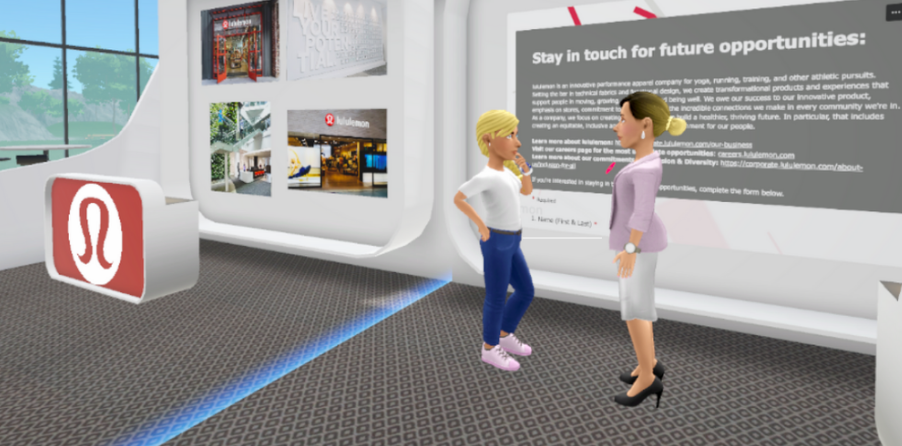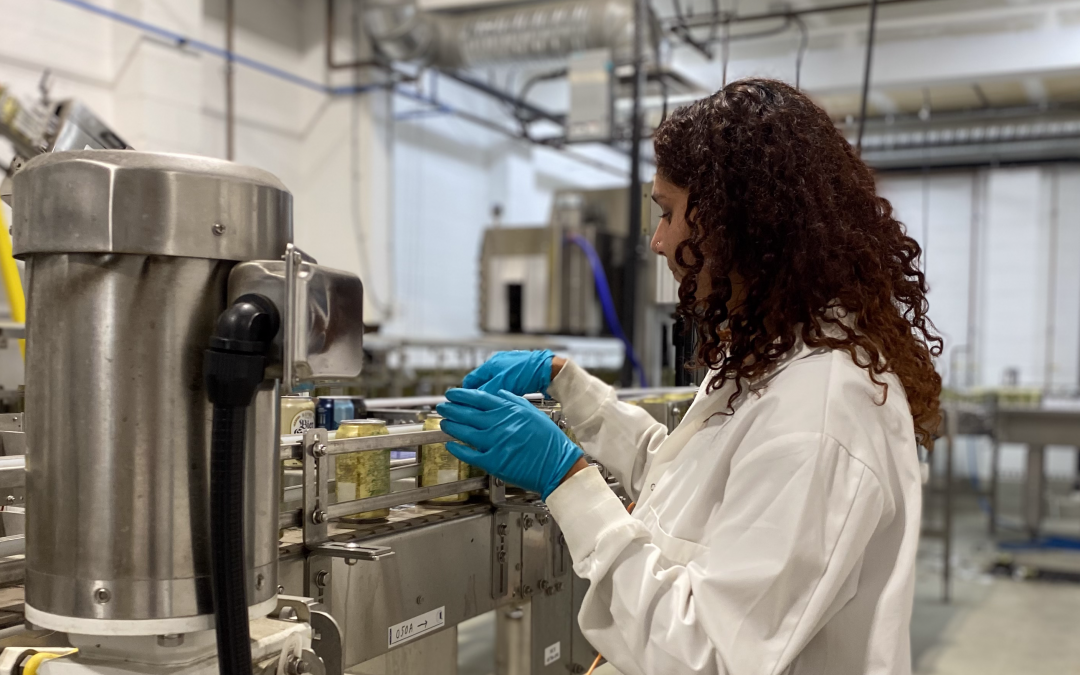Students should be able to:
- Describe the nature and function of GMPs;
- Describe the nature and function of GLPs;
- Describe the nature and function of the ISO.
What are Good Manufacturing Practices?
Good Manufacturing Practices (GMPs) are regulations that describe the methods, equipment, facilities, and controls required for producing:
- Human and veterinary products
- Medical devices
- Processed food
The U.S. regulations are called “current” Good Manufacturing Practices (cGMP), to emphasize that the expectations are dynamic.
Why do GMPs exist?
GMPs define a quality system that manufacturers use as they build quality INTO their products. For example, approved drug products developed and produced according to GMP are:
- Safe
- Properly identified
- Of the correct strength
- Pure
- Of high quality
How were GMPs developed?
Originally, GMPs were based upon the best practices of the industry.
As technology and practices improve, the GMPs also evolved. In the U.S., drug cGMPs were formally introduced in 1963 and significantly rewritten in the 1970’s.
Canadian drug GMPs existed in various forms in the 1950’s-1970’s before being published in their current form in the 1980’s.
How do GMPs change?
GMPs change formally and informally.
Both the U.S. drug cGMPs and Canadian drug GMPs are currently undergoing significant changes.
Example of formal change:
The U.S. medical device GMPs have been completely rewritten, making them more compatible with the ISO-9001 quality document (see www.iso.ch). In fact device GMPs were renamed – FDA now calls them the Quality System Regulation (QSR).
Example of informal change:
Expectations that inspectors have evolved over time.
In the U.S., these changes are communicated by seminars and papers presented by FDA personnel and through agency Guides and Guidelines.
One other way industry personnel can keep track of changes in expectations is by watching the FDA-483s (inspectional observations) and Warning Letters issued to firms by the agency.
How do GMPs of different countries compare?
At a high level, GMPs of various nations are very similar; most require things like:
- Equipment and facilities being properly designed, maintained, and cleaned
- Standard Operating Procedures (SOPs) be written and approved
- An independent Quality unit (like Quality Control and/or Quality Assurance)
- Well trained personnel and management
What are GLPs?
Good Laboratory Practice Regulations exist to assure the quality and integrity of the test data.
All studies are performed according to basic “good practices” including the use of:
- Written procedures,
- Trained Associates,
- Calibrated equipment,
- Accredited animal facilities,
- Proper data collection and storage, etc.
ISO Standards
What is the ISO?
- “International Organization for Standardization”
- A network of national standards institutes of 147 countries
- A non-government organization (NGO)
- Grants an ISO standard status to manufacturing companies who voluntarily meet the requirements
What is ISO 9000?
- This standard is concerned with “quality management”
- Customer’s quality requirements, customer satisfaction, applicable regulatory requirements, and continual improvement are the focus of this standard.
What is ISO 14000?
- This standard is concerned with “environmental management”
- Minimizing harmful effects on the environment and continual improvement are the focus of this standard.
Source
https://www.canada.ca/en/health-canada/services/drugs-health-products/compliance-enforcement/good-manufacturing-practices.html
Learn more with these free courses: https://www.pharmalessons.com/free-courses/



